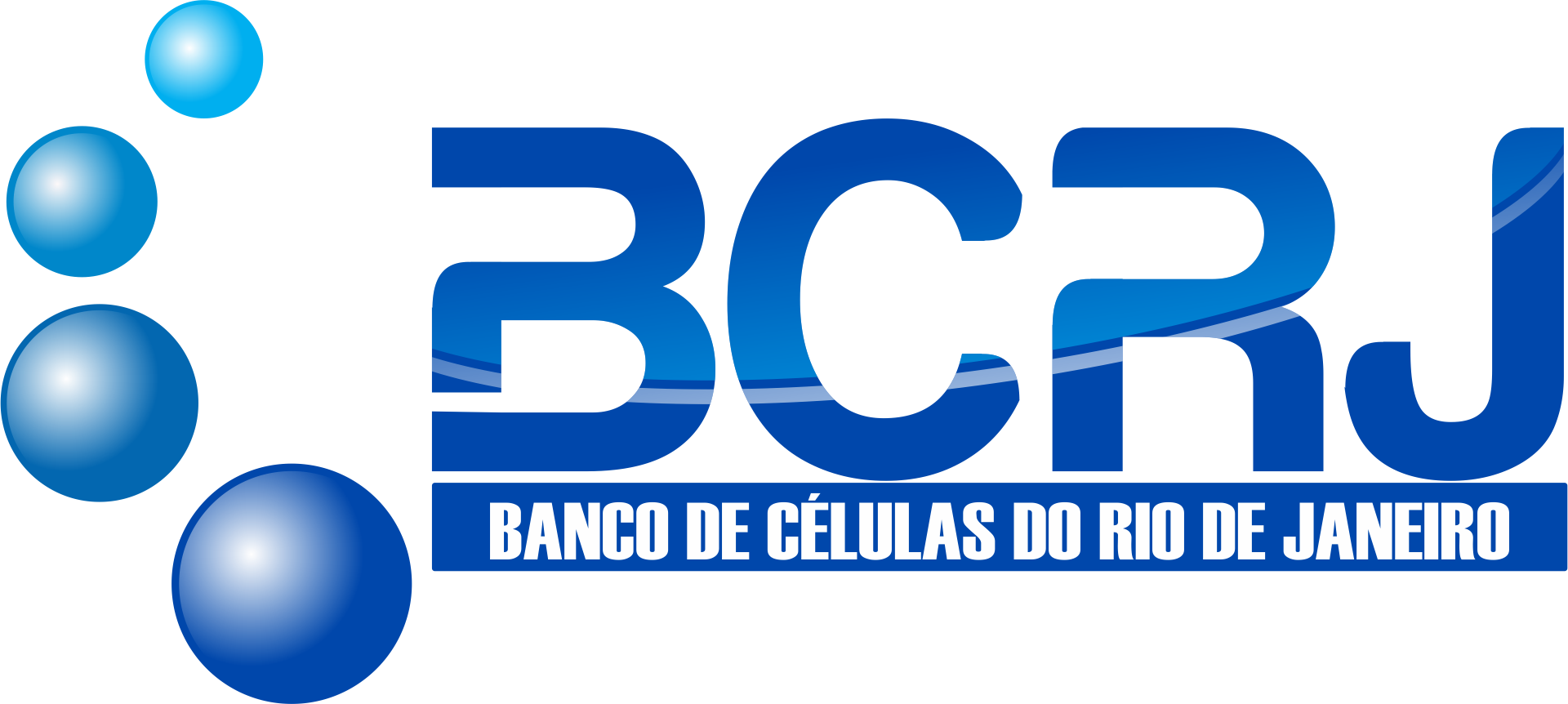| BCRJ Code | 0301 |
| Cell Line | FaDu |
| Species | Homo sapiens |
| Vulgar Name | Human |
| Tissue | Pharinx |
| Morphology | Epithelial |
| Disease | Squamous Cell Carcinoma |
| Growth Properties | Adherent |
| Sex | Male |
| Age/Ethinicity | 56 Year / Caucasian |
| Derivation | The FaDu line was established in 1968 from a punch biopsy of an hypopharyngeal tumor removed from a Hindu patient |
| Applications | This cell line is a suitable transfection host. |
| DNA Profile | Amelogenin: None detected CSF1PO: 12 D13S317: 8, 9 D16S539: 11 D5S818: 12 D7S820: 11, 12 THO1: 8 TPOX: 11 vWA: 15, 17, 18 |
| Virus Succeptility: | Human poliovirus 1 Vesicular stomatitis virus |
| Tumor Formation: | Yes, in nude mice; forms well differentiated epidermoid carcinoma (grade I) |
| Biosafety | 1 |
| Addtional Info | The established line was found to contain bundles of tonofilaments in the cell cytoplasm and desmosomal regions were prominent at cell boundaries. |
| Culture Medium | Dulbecco's Modified Eagle's Medium (DMEM) with 2 mM L-glutamine, 1.0 g/L glucose and 10% of fetal bovine serum. |
| Subculturing | Remove medium, and rinse with PBS without calcium and magnesium. Remove the solution and add an additional 1 to 2 mL of trypsin-EDTA solution. Allow the flask to sit at room temperature (or at 37°C) until the cells detach. Add fresh culture medium, aspirate and dispense into new culture flasks. NOTE: For more information on enzymatic dissociation and subculturing of cell lines consult Chapter 12 in Culture of Animal Cells, a manual of Basic Technique by R. Ian Freshney, 6th edition, published by Alan R. Liss, N.Y., 2010. |
| Subculturing Medium Renewal | 2 to 3 times per week |
| Subculturing Subcultivation Ratio | 1:3 to 1:6 is recommended |
| Culture Conditions | Atmosphere: air, 95%; carbon dioxide (CO2), 5% Temperature: 37°C |
| Cryopreservation | 95% FBS + 5% DMSO (Dimethyl sulfoxide) |
| Thawing Frozen Cells | SAFETY PRECAUTION:
It is strongly recommended to always wear protective gloves, clothing, and a full-face mask when handling frozen vials. Some vials may leak when submerged in liquid nitrogen, allowing nitrogen to slowly enter the vial. Upon thawing, the conversion of liquid nitrogen back to its gas phase may cause the vial to explode or eject its cap with significant force, creating flying debris.
NOTE: It is important to avoid excessive alkalinity of the medium during cell recovery. To minimize this risk, it is recommended to place the culture vessel containing the growth medium in the incubator for at least 15 minutes before adding the vial contents. This allows the medium to stabilize at its normal pH (7.0 to 7.6). |
| References | 22536: Fogh J, et al. Absence of HeLa cell contamination in 169 cell lines derived from human tumors. J. Natl. Cancer Inst. 58: 209-214, 1977. PubMed: 833871 22539: Fogh J, et al. One hundred and twenty-seven cultured human tumor cell lines producing tumors in nude mice. J. Natl. Cancer Inst. 59: 221-226, 1977. PubMed: 327080 22792: Rangan SR. A new human cell line (FaDu) from a hypopharyngeal carcinoma. Cancer 29: 117-121, 1972. PubMed: 4332311 23093: Faust JB, Meeker TC. Amplification and expression of the bcl-1 gene in human solid tumor cell lines. Cancer Res. 52: 2460-2463, 1992. PubMed: 1568216 23218: Giard DJ, et al. In vitro cultivation of human tumors: establishment of cell lines derived from a series of solid tumors. J. Natl. Cancer Inst. 51: 1417-1423, 1973. PubMed: 4357758 |
| Depositors | PATRICIA SAVERINO; INSTITUTO ISRAELITA DE ENSINO E PESQUISA ALBERT EINSTEIN. |
| Cellosaurus | CVCL_1218 |



